Professor Antony Hewish, astronomer who jointly won the Nobel Prize for the discovery of pulsars – obituary
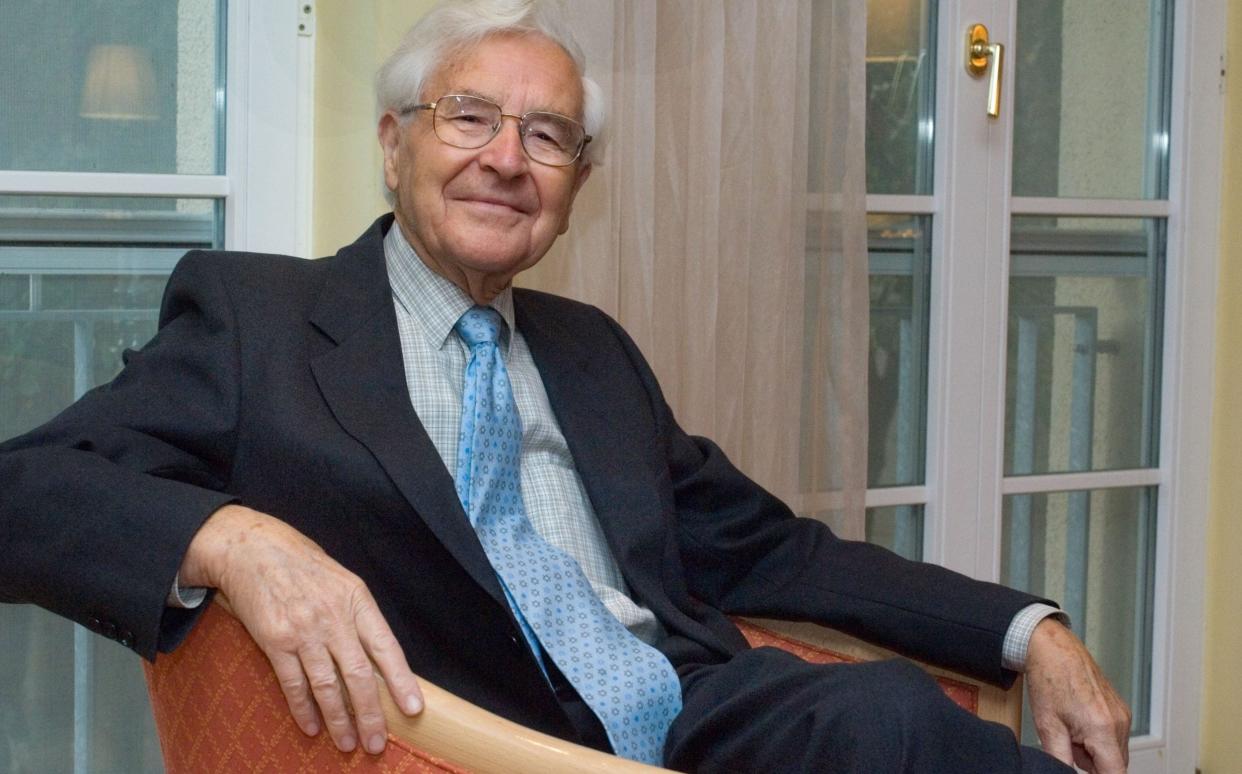
Antony Hewish, the astronomer and astrophysicist who has died aged 97, won the 1974 Nobel Prize for physics, together with Sir Martin Ryle, for his discovery of pulsars – astronomical sources of powerful radio waves emitted in short, intense bursts or pulses at precise intervals.
Between 1965 and 1967, working at the Mullard Radio Astronomy Laboratory, Cambridge, Hewish constructed a new type of radio telescope – an array of 2,048 aerials covering an area of 4.4 acres – to study the “twinkling” or scintillation of radio galaxies, a phenomenon caused by clouds of ionised gas ejected from the Sun.
The telescope began work in July 1967. After a few weeks, one of Hewish’s graduate students, Jocelyn Bell, noticed an unusual signal which was nothing like the signals she was looking for, so she marked a query on her records and did not investigate further.
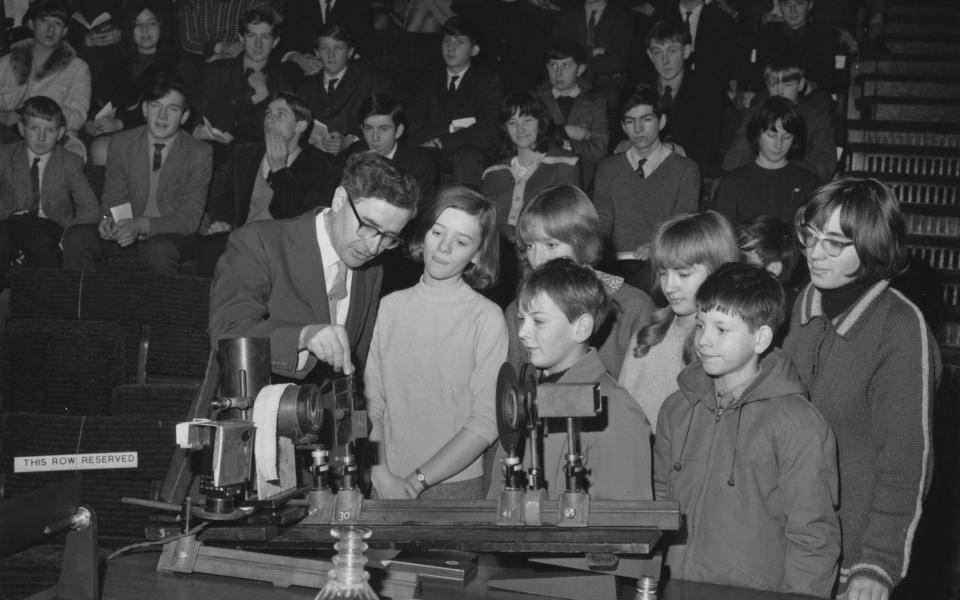
Later, when the same signal occurred again, she realised it merited closer attention. It came from a part of the sky where scintillations were normally weak, and it occurred at night, whereas scintillations are strongest during the day.
For a while, Bell and Hewish’s efforts to find out what it was were frustrated – the signal weakened and vanished. For a month, there was no sign of it and they began to think that they had witnessed a one-off event of some kind which they had missed the chance to study in detail.
In November, however, the mysterious signal returned and they were able to establish that it consisted of a series of short and unusually regular pulses at intervals of 1.33730113 seconds apart. Their short duration indicated that they were coming from a very small object.
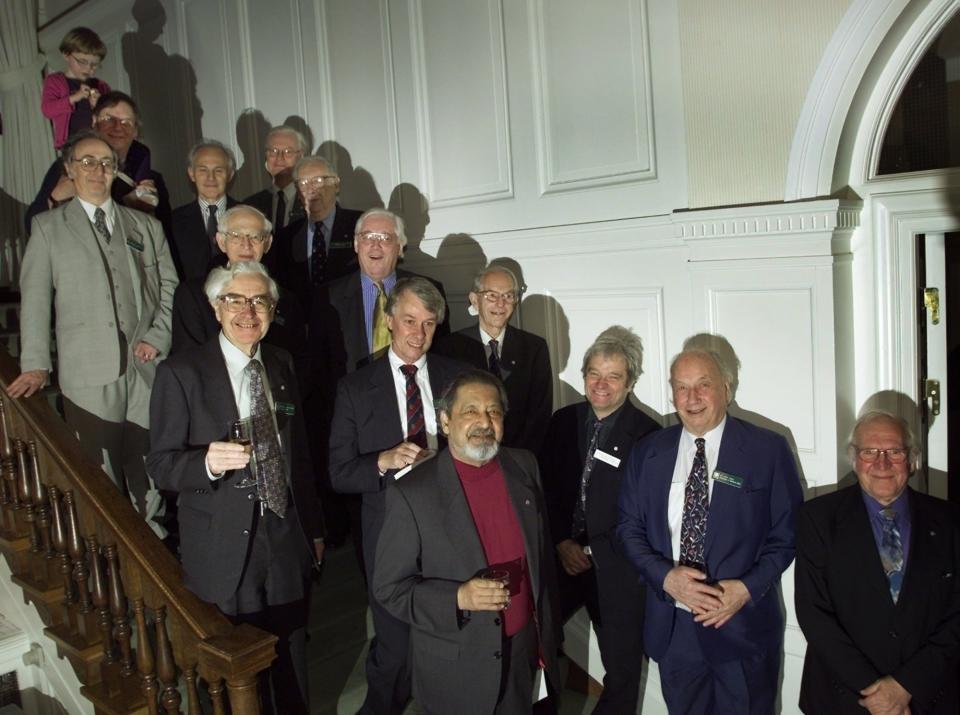
To determine the nature of the signal, Hewish had to eliminate such man-made sources as satellites and radar echoes. Further study established that the signal rotated with the stars, and came from beyond the Solar System, but from within our galaxy.
At one stage, Hewish toyed with the idea that the signal might be a message from extraterrestrials, giving it the name “LGM”, for “little green men”. However, life can only occur on planets circling a star, but the pulse rate did not display the slight variation characteristic of planetary motion, and the hypothesis was soon dropped.
Then in December, Jocelyn Bell discovered a second signal elsewhere in the sky. This confirmed the reality of the phenomenon, and the name “pulsar” was coined.
Hewish’s account, published in 1968, received wide publicity and stimulated much speculation among astronomers as to the possible mechanism involved. Within a year it was generally accepted that the signals came from rapidly spinning neutron stars. Since then, more than 500 pulsars have been discovered.
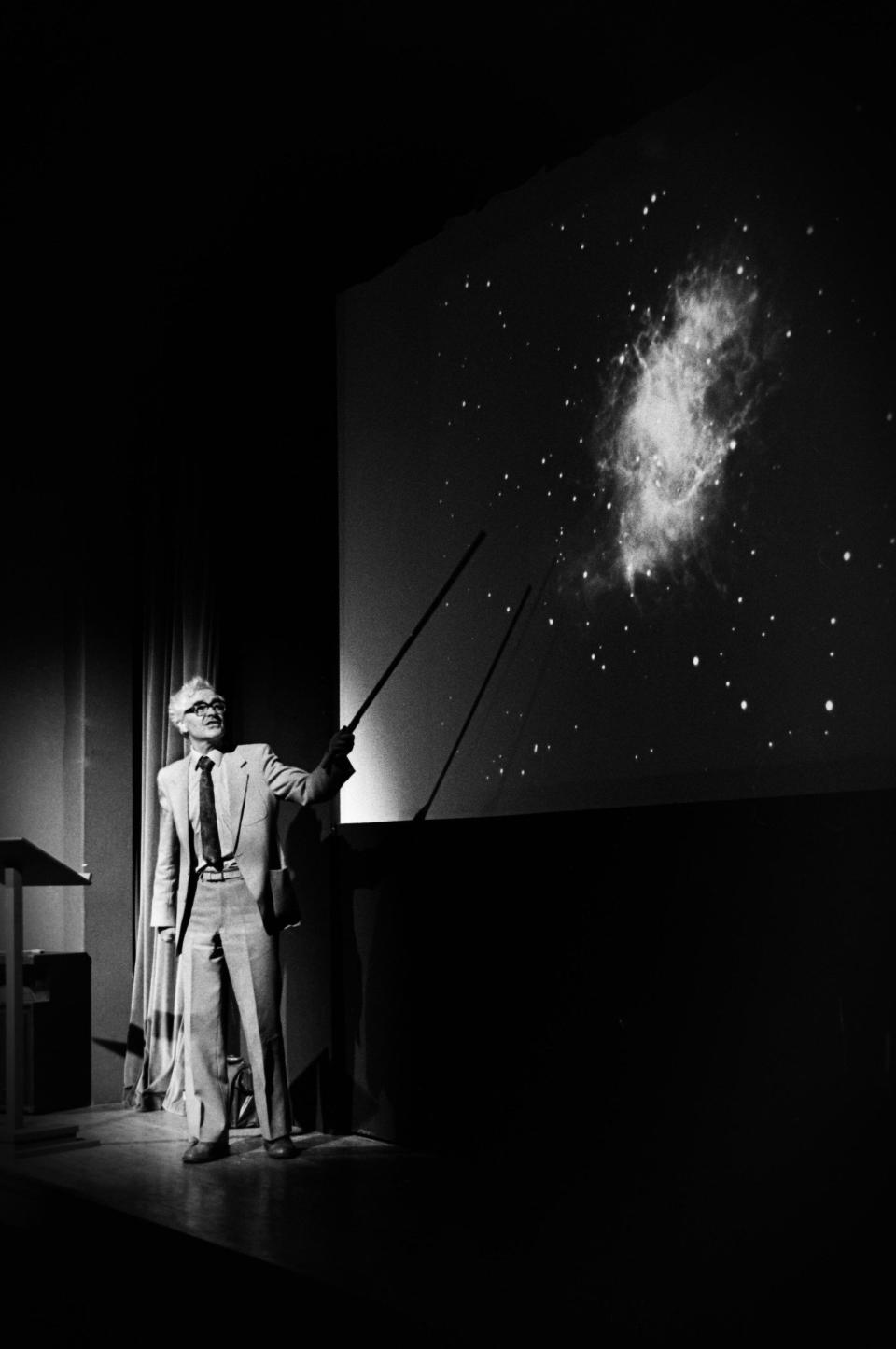
Anthony Hewish was born at Fowey, Cornwall, on May 11 1924, the youngest of three sons of a banker. From King’s College, Taunton, he went to Gonville and Caius College, Cambridge to read Physics in 1942. From 1943 to 1946 he was engaged in war service at the Royal Aircraft Establishment, Farnborough, and also at the Telecommunications Research Establishment, Malvern, developing airborne radar-counter-measure devices.
Returning to Cambridge in 1946, Hewish graduated in 1948 and immediately joined Martin Ryle’s research team at the Cavendish Laboratory, obtaining a doctorate in 1952. He became a Research Fellow at Gonville and Caius and in 1961 transferred to Churchill College as Director of Studies in Physics.
His decision to begin research in radio astronomy was influenced both by his wartime experience with electronics and by one of his teachers, Jack Ratcliffe, who had given a course on electromagnetic theory during his final undergraduate year and whom he had also encountered at Malvern.
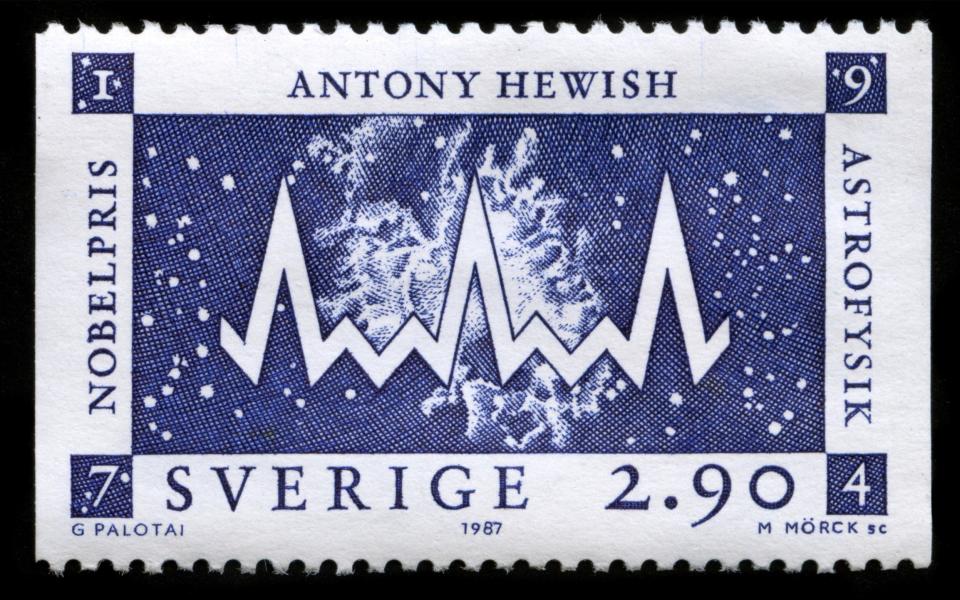
In his early research, Hewish became the first scientist to use the scintillation of radio stars to measure the height and dimensions of plasma clouds, collections of charged particles in the ionosphere (a layer of the upper atmosphere). In the mid-1960s, he used a similar technique to make measurements of the solar wind (the stream of charged particles extending out from the sun). He also patented a system of space navigation using three pulsars as reference points to provide coordinates in outer space accurate up to a few hundred kilometres.
Hewish lectured in physics at Cambridge until 1969, when he was made reader, and in 1971 professor, of radio astronomy. Following Ryle’s illness in 1977 he assumed leadership of the Cambridge radio astronomy group and was head of the Mullard Radio Astronomy Observatory from 1982 to 1988.
He developed an association with the Royal Institution in London when it was directed by Sir Lawrence Bragg, giving one of the Christmas Lectures and several Friday-evening discourses. He enjoyed the challenge of presenting complex ideas in an easily comprehensible way and felt that scientists have a duty to share the excitement of their work with the public.
Among many honours and awards, Hewish was elected a Fellow of the Royal Society in 1968. In his spare time he enjoyed music, gardening and sailing.
Antony Hewish married, in 1950, Marjorie Richards. They had a son, and a daughter who predeceased him.
Antony Hewish, born May 11 1924, September 13 2021

 Yahoo News
Yahoo News 
